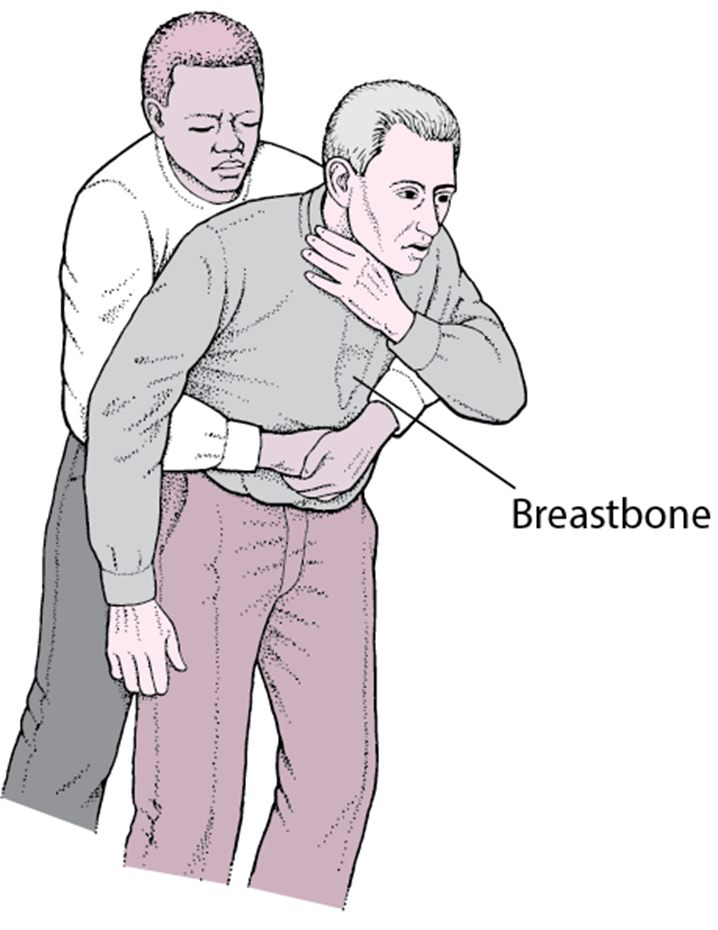A nurse is caring for a client 4 hr following a cardiac catheterization. Which of the following actions should the nurse take?
Elevate the head of the bed 45".
Keep the affected leg slightly flexed.
Keep the client NPO for 4 hr.
Have the client lie flat in bed.
The Correct Answer is D
Correct answer: D
A. Elevate the head of the bed 45": Do not elevate the head of the bed more than 15 degrees. Elevating the head of the bed can increase the risk of bleeding from the insertion site.
B. Keep the affected leg slightly flexed: The affected leg should be kept straight to prevent movement at the insertion site, which can cause bleeding
C. Keep the client NPO for 4 hr: There is typically no need to keep the client NPO for an extended period after a cardiac catheterization. However, individual protocols may vary, and the nurse should follow the specific instructions provided by the healthcare provider.
D. Have the client lie flat in bed: After a cardiac catheterization, it is important to keep the client lying flat to prevent bleeding or hematoma formation at the catheter insertion site. This position helps to maintain pressure on the insertion site, particularly if the catheter was inserted through the femoral artery.
Nursing Test Bank
Naxlex Comprehensive Predictor Exams
Related Questions
Correct Answer is B
Explanation
A. Instruct the woman to call 911: This is a correct action, but it should be the second step after the nurse initiates first aid measures. Directing someone to call for emergency assistance is crucial, but immediate intervention to relieve the choking takes precedence.
B. The Heimlich maneuver involves abdominal thrusts and is the recommended technique for relieving choking in a conscious person. It is essential to act quickly and decisively to clear the airway.
C. Ask the partner if he can speak: If the person is unable to speak, cough, or breathe, it may indicate complete airway obstruction. The nurse should not delay intervention by asking if the person can speak but should immediately proceed with measures to relieve the choking.
D. Perform chest compressions: Chest compressions are not indicated for a conscious choking victim. Chest compressions are performed in the context of cardiopulmonary resuscitation (CPR) for an unconscious person with no pulse.

Correct Answer is A
Explanation
A. "It requires lying quietly on one side": This is the correct answer. During an echocardiogram, the client is typically asked to lie on their left side to obtain clear images of the heart. The test is non-invasive and involves using ultrasound waves to create images of the heart's structures.
B. "It might cause slight discomfort in the chest area": Echocardiograms are generally painless and do not cause discomfort. They are a non-invasive imaging technique that uses sound waves.
C. "It is best to have no food or beverages the day of the test": While the client may be instructed to avoid eating or drinking shortly before the test, this statement is too restrictive. The specific fasting instructions will be provided by the healthcare provider or facility.
D. "It takes about 5 or 10 minutes": The duration of an echocardiogram can vary, but it typically takes longer than 5 or 10 minutes. The test duration depends on various factors, including the complexity of the study and the information needed.
Whether you are a student looking to ace your exams or a practicing nurse seeking to enhance your expertise , our nursing education contents will empower you with the confidence and competence to make a difference in the lives of patients and become a respected leader in the healthcare field.
Visit Naxlex, invest in your future and unlock endless possibilities with our unparalleled nursing education contents today
Report Wrong Answer on the Current Question
Do you disagree with the answer? If yes, what is your expected answer? Explain.
Kindly be descriptive with the issue you are facing.
